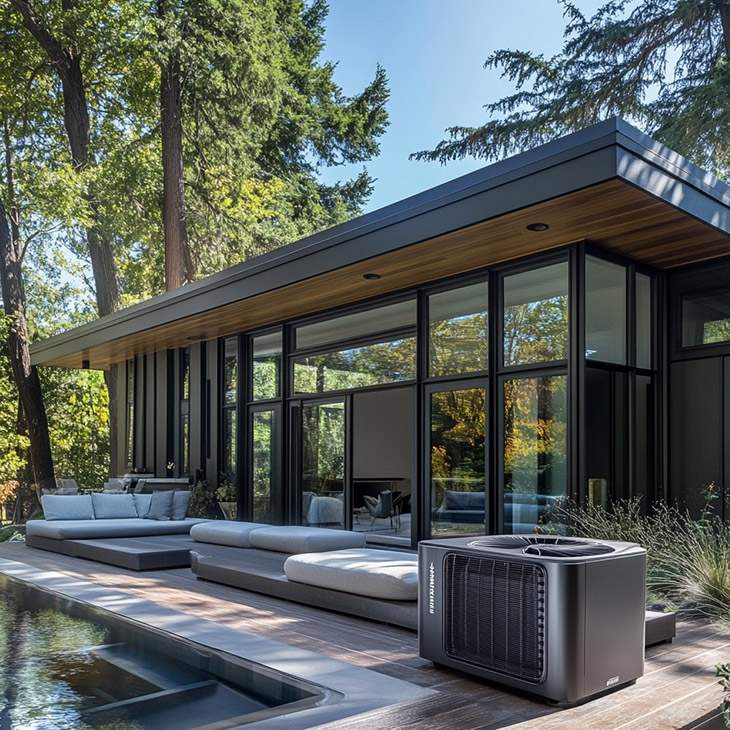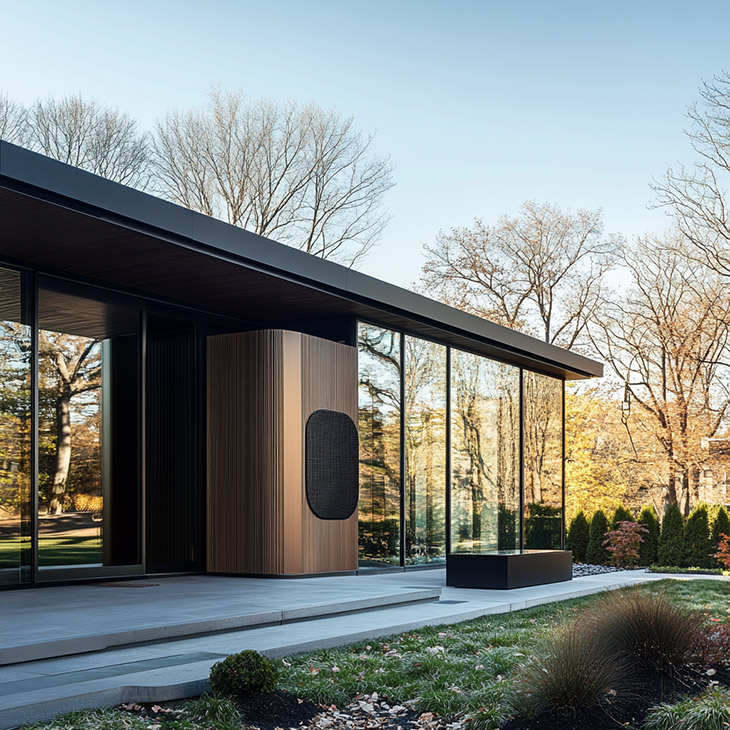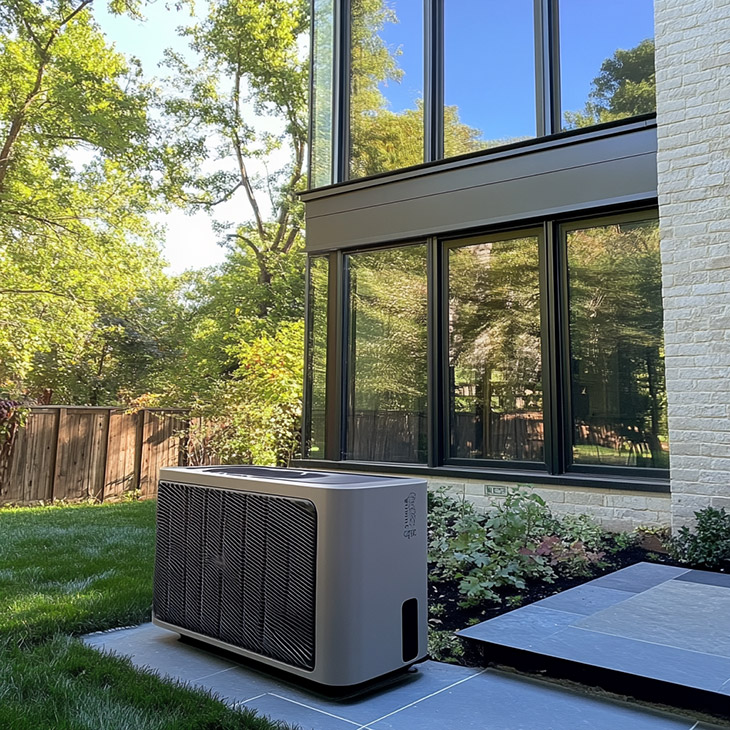
As the crisp fall air settles in, your HVAC system will shift from cooling your home to keeping it warm and comfortable. Preparing your system for this change is crucial to ensuring it runs efficiently and reliably throughout the colder months.
Regular maintenance helps prevent breakdowns, maximizes your HVAC system’s efficiency, and saves you money on energy bills. Here’s an essential fall HVAC maintenance checklist for homeowners that will keep your system in top shape as temperatures drop.
Clean Around Your Outdoor Unit
If you have an outdoor unit as part of your HVAC system, like a heat pump, it’s essential to clear the area around it before fall fully sets in. During summer and early fall, leaves, branches, and dirt can accumulate around the unit, blocking airflow and reducing efficiency. Removing debris, trim any nearby bushes, and keeping at least two feet of clearance around the unit is important.
Gently hosing down the exterior can remove dirt and dust that may have built up over time. By maintaining a clear and clean space, you help your system operate smoothly and ensure better energy efficiency.
Inspect and Clean the Furnace Burners
Before turning on your heating system for the season, it’s a good idea to check the condition of your furnace burners. Over time, dirt, dust, and soot can accumulate on the burners, causing inefficient combustion and heating issues. A dirty burner may also lead to the release of dangerous gases such as carbon monoxide. Inspect the burners visually and clean them as needed using a soft brush or cloth to remove any buildup.
If you’re uncomfortable performing this task, it’s best to leave it to a professional HVAC technician to ensure safety and proper functioning.

Test and Inspect Your Thermostat
Your thermostat plays a vital role in controlling your home’s temperature and ensuring your HVAC system operates efficiently. As part of your fall maintenance, check the thermostat to ensure it’s functioning correctly and accurately. If you notice any inconsistencies, such as the temperature reading not matching the actual indoor temperature, it may be time to recalibrate or replace your thermostat.
Consider upgrading to a programmable or smart thermostat that allows you to create heating schedules based on your daily routines. This can help improve comfort and reduce energy consumption, especially during the fluctuating temperatures of fall.
Schedule a Professional HVAC Inspection
A crucial part of your fall HVAC maintenance checklist should be scheduling a professional inspection. HVAC systems require regular maintenance to ensure they are running at peak efficiency, and a professional inspection is essential for identifying and resolving any hidden issues before they become costly repairs.
Working with a trusted company like Apple Plumbing Heating & Air ensures that your system receives the expert care it needs. Their team of experienced HVAC technicians will comprehensively inspect your system, including checking electrical components, inspecting the heat exchanger for cracks, testing the ignition system, and cleaning essential parts. They will also evaluate your system’s overall efficiency and recommend any needed repairs or improvements. By choosing a trusted company for inspection, you will have the confidence that your system is in capable hands.

Lubricate Moving Parts
Lubricating all moving parts, including motors, bearings, and fans, is important to keep your HVAC system operating efficiently. Over time, friction can wear down these components, increasing the workload on your system and reducing its lifespan. Lubricating these parts reduces friction and ensures that your HVAC system can operate smoothly and with minimal energy waste.
A properly lubricated system runs more efficiently and produces less noise, creating a quieter, more comfortable indoor environment.
Evaluate Your Home’s Insulation
Fall is the perfect time to evaluate your home’s insulation and make any necessary improvements before the cold weather arrives. Proper insulation is essential for keeping warm air inside and cold air out, which helps reduce the workload on your HVAC system. Check areas like your attic, walls, and floors for adequate insulation.
If you find that some regions of your home are drafty or difficult to heat, adding insulation can make a big difference in energy efficiency. By improving insulation, you can enhance comfort while reducing heating costs and ensure your HVAC system doesn’t have to work overtime to keep your home warm.




I love the proposal for the redesign of the HVAC unite in the outdoor! The companies need to give more attention to this, and I am not sure why they are not doing so!